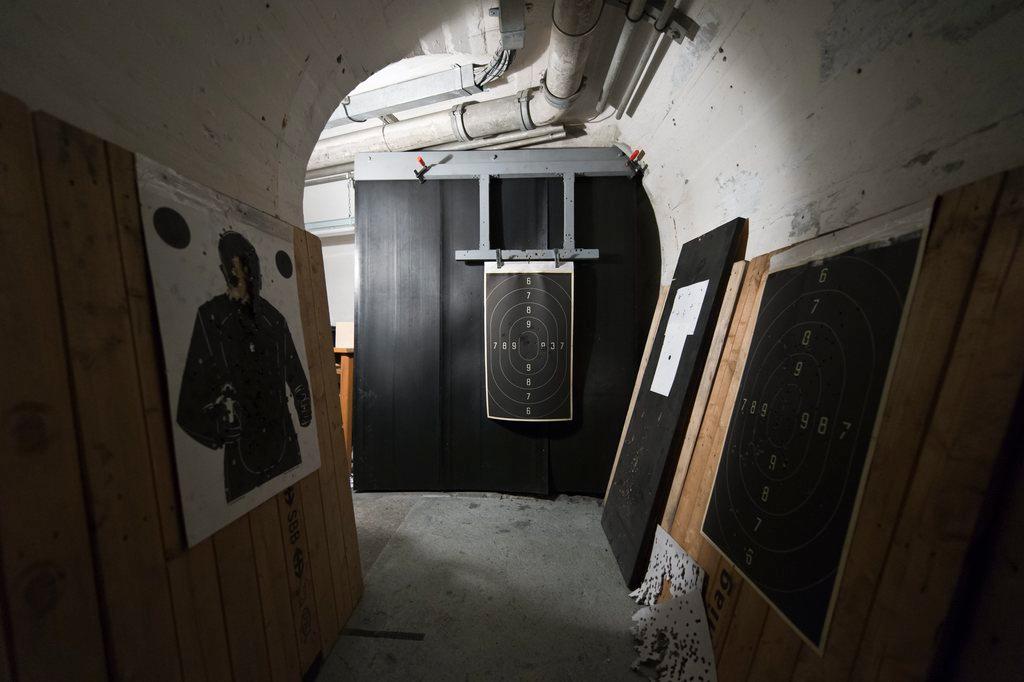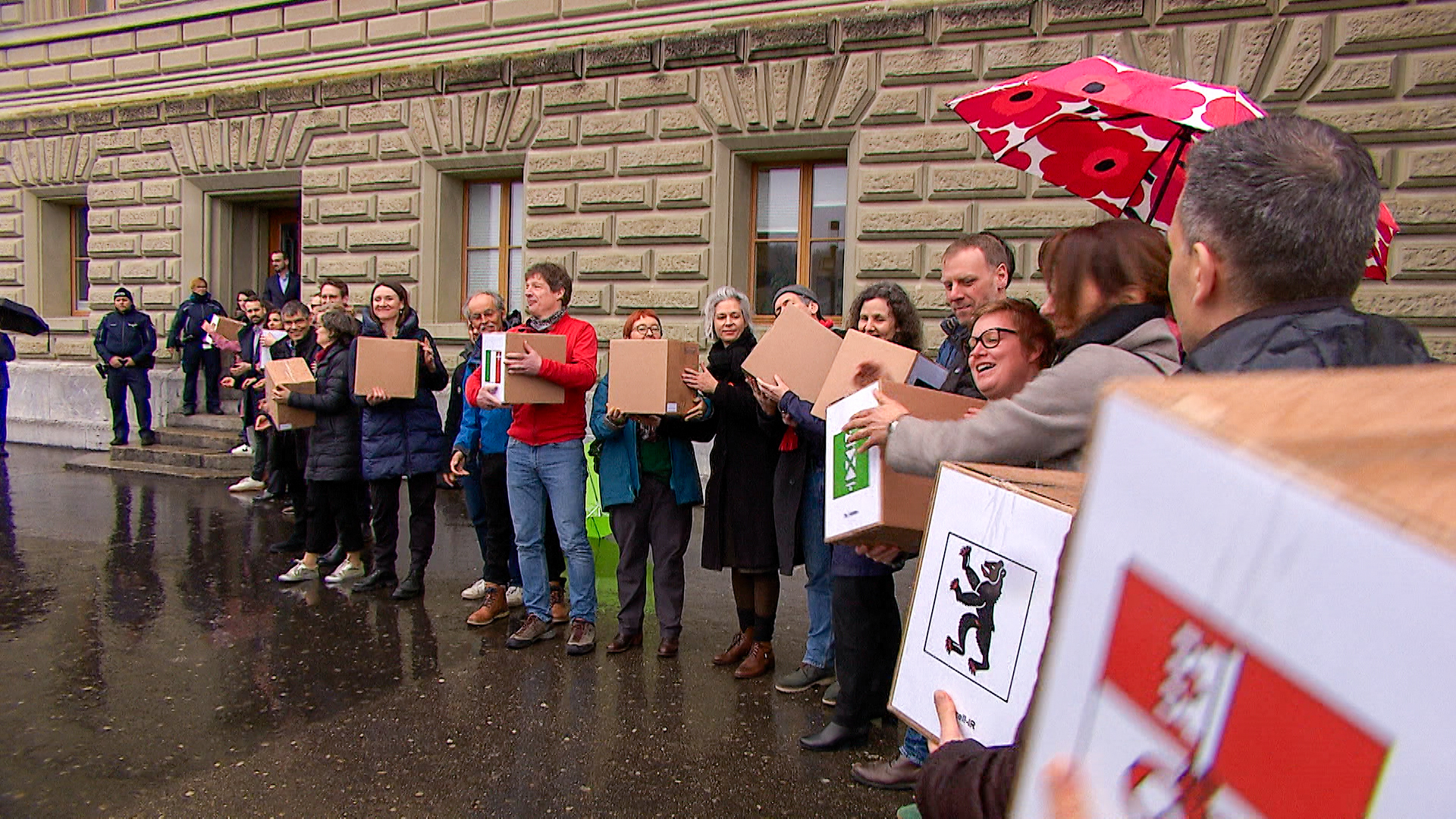
Details of secret Cold War Swiss army finally revealed

An official report about the activities of a covert Cold War-era Swiss army unit has been published by the government almost three decades after it was written.
The 115-page “Cornu report”, named after the Neuchâtel magistrate who authored it in 1991, was released (in French)External link in an edited and anonymized format by the Federal Council on Wednesday.
The report considers the activities of the P-26 (or “Projekt 26”, named for the 26 Swiss cantons), a secret stay-behind army unit that was established without parliamentary approval in 1979 to anticipate a possible enemy invasion – the major fear being the Soviet Union.
The findings, which the government refused to publish until now, show that the 400 Swiss men and women in P-26 undertook regular training exercises to prepare for combat in an occupied country. The exercises happened notably in Great Britain, with whom close contact was maintained via the British embassy in Bern.
Though such units were not uncommon in Western Europe during the tense Cold War decades, the Swiss version was particularly sensitive given the country’s neutrality and non-membership of the North Atlantic Treaty Organisation (NATO).
The first government probe into P-26 in 1991 came after a public outcry about the non-accountable nature of the unit; it found the lack of civilian oversight “intolerable”, and said it was “alarming that the British services knew more about P-26 than the Swiss government did.”
P-26 was officially dissolved in 1992.
Cloudy transparency
Although various names, locations, and details were airbrushed out of the public report, the government said it was publishing it out of “a concern for transparency” and a desire to clarify the historic and political context that surrounded P-26’s activities.
“It’s a good idea [to publish it]”, Cornu told Swiss public radio, RTS, on Thursday morning. “Light should be shed on this.” He clarified that the omitted details mainly concerned specific locations and names, omissions the government justified by the fact that some of the people mentioned are still alive.
In such a case, however, “people will always have suspicions,” Cornu said. Even when, or if, the full version is released, “people will think it’s a fake report”.
Government efforts at transparency have also not been helped by the recent revelation that 27 folders and dossiers associated with Cornu’s report have gone missing, something the defence ministry again confirmed to RTS on Thursday.
“This is frustrating, because it adds unnecessarily to the suspicions,” said Cornu. For him, a comparison between the disappeared documents and the version of the report eventually published would not reveal any major omissions or oversights.
The Federal Council rejected a motion brought by a Green party parliamentarian to release an unabridged version of the report; this looks set to remain secret until the 50-year protection status runs out in 2041.

In compliance with the JTI standards
More: SWI swissinfo.ch certified by the Journalism Trust Initiative





























You can find an overview of ongoing debates with our journalists here . Please join us!
If you want to start a conversation about a topic raised in this article or want to report factual errors, email us at english@swissinfo.ch.